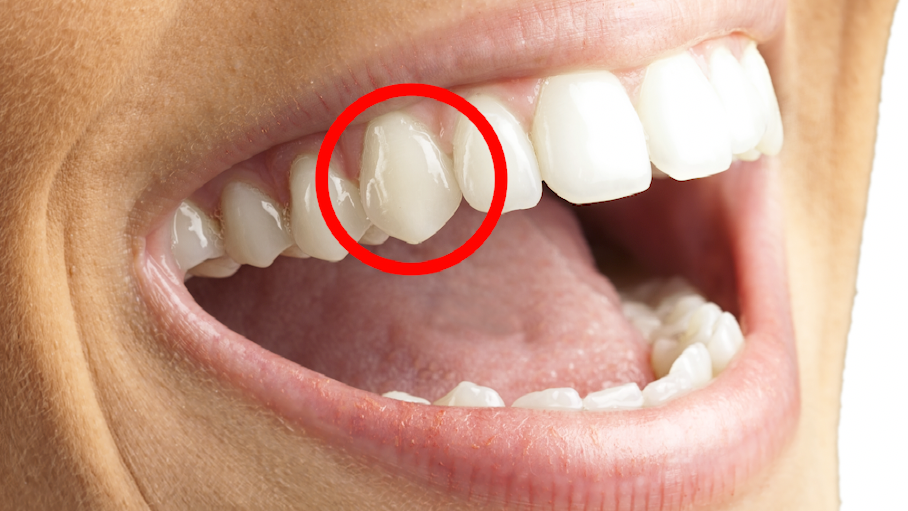If you’ve ever looked closely at your teeth or anyone else’s, you’ve probably noticed that the canine teeth stand out due to their unique pointed shape. But have you wondered why they are designed that way? Here’s an informative look at the purpose and evolution behind those iconic pointed teeth.
What Are Canine Teeth?
Canine teeth, also known as cuspids or eyeteeth, are the four pointed teeth located between your incisors (front teeth) and premolars. Each quadrant of your mouth has one canine tooth, making them symmetrically placed. These teeth are uniquely shaped with a distinct pointed tip, known as the cusp.

Why Are Canine Teeth Pointed?
The distinct shape of canine teeth serves specific purposes, both in humans and in our evolutionary past. Here’s why they are designed to be pointed:
1. Gripping and Tearing Food
One of the primary functions of canine teeth is to help grip and tear food. Their pointed structure allows them to easily pierce and tear tougher foods, such as meat, making the chewing process more effective. While modern diets include softer, processed foods, early humans and many animals relied heavily on their canines for survival.
2. Aid in Speech and Pronunciation
Canine teeth play an important role in supporting the movement of the lips and tongue, which aids in forming certain sounds and words. The sharp edges of these teeth contribute to clearer pronunciation, especially for sounds that require precise tongue placement.
3. Protect the Jaw During Chewing
The canines act as guideposts during the chewing process. When you bite down or move your jaw side to side, the cusps of the canines help guide the other teeth into their correct positions. This not only promotes efficient chewing but also protects the jaw joints from excessive stress.
4. Evolutionary Reasons
Historically, our canine teeth were larger and sharper in our ancestors. Early humans, like other primates, used their prominent canines as tools for fighting and defense. Over time, as human lifestyles moved away from survival tactics like hunting and fighting, our canines evolved to become smaller and more refined. They remain pointed but serve more subtle purposes in modern life.
5. Enhance Facial Structure
Aside from their functionality, canine teeth contribute to the overall shape and structure of your face. They help define the shape of the mouth and provide support for the lips. Without canines, the appearance of the jawline and smile would be markedly different.
Do All Animals Have Pointed Canine Teeth?
Interestingly, canine teeth vary greatly across the animal kingdom. Carnivores like lions, tigers, and wolves possess extremely sharp and elongated canines to pierce and kill their prey. Herbivores, such as deer and horses, may have small or less pronounced canines, as they do not require them for eating plants. Omnivores, like humans, fall in between, with canines adapted for a mixed diet.
Even within primates, the size and prominence of canines vary. For example, gorillas and chimpanzees have large canines used for defense and displaying dominance, while human canines are toned down due to shifts in social and dietary behaviors.
Are Your Canines Too Pointed?
Some people worry that their canines appear too pointed or prominent. It’s worth noting that the variation in the shape and size of teeth is completely normal and often genetic. If you’re self-conscious about the appearance of your canines, dental procedures like reshaping or contouring can soften their look without affecting functionality.
The Bottom Line
Canine teeth are essential players in oral function, facial structure, and even speech. Their pointed shape is a testament to their evolution, allowing them to tackle unique roles like gripping, tearing, and guiding the jaw. While they may no longer be the survival tools they once were for our ancestors, their importance remains significant in modern life.
Have questions about your dental health like “Why are my canine teeth so sharp”? Consult your dentist to learn about the role your canines and other teeth play in your overall oral health.
